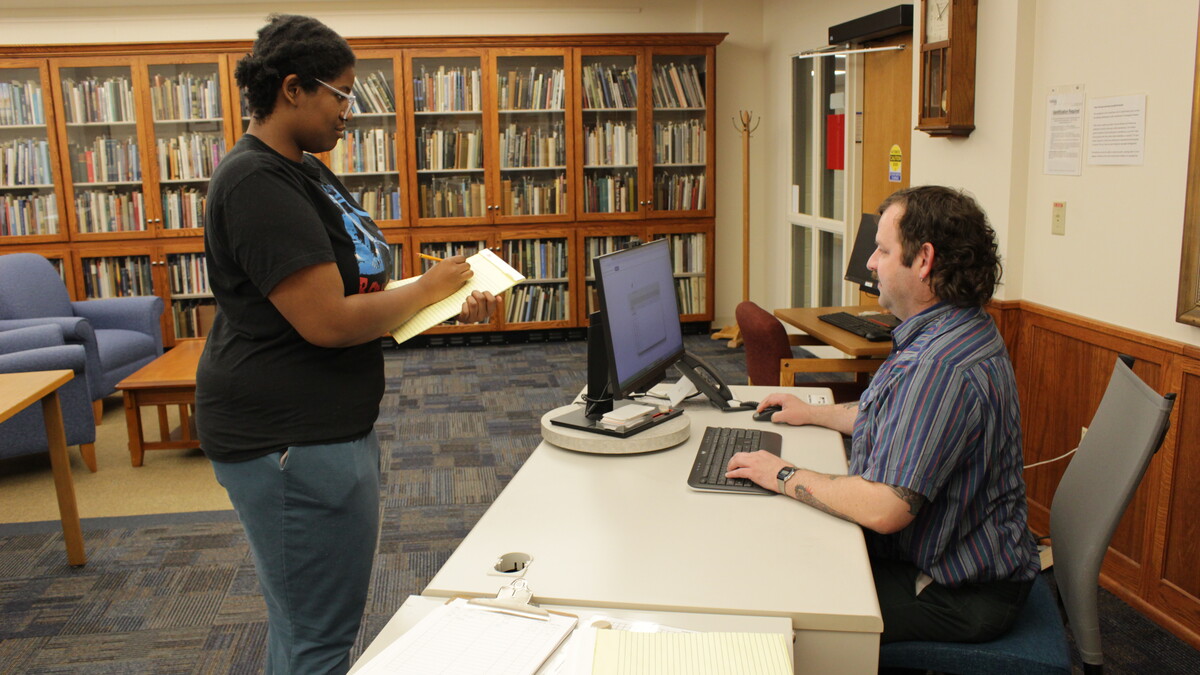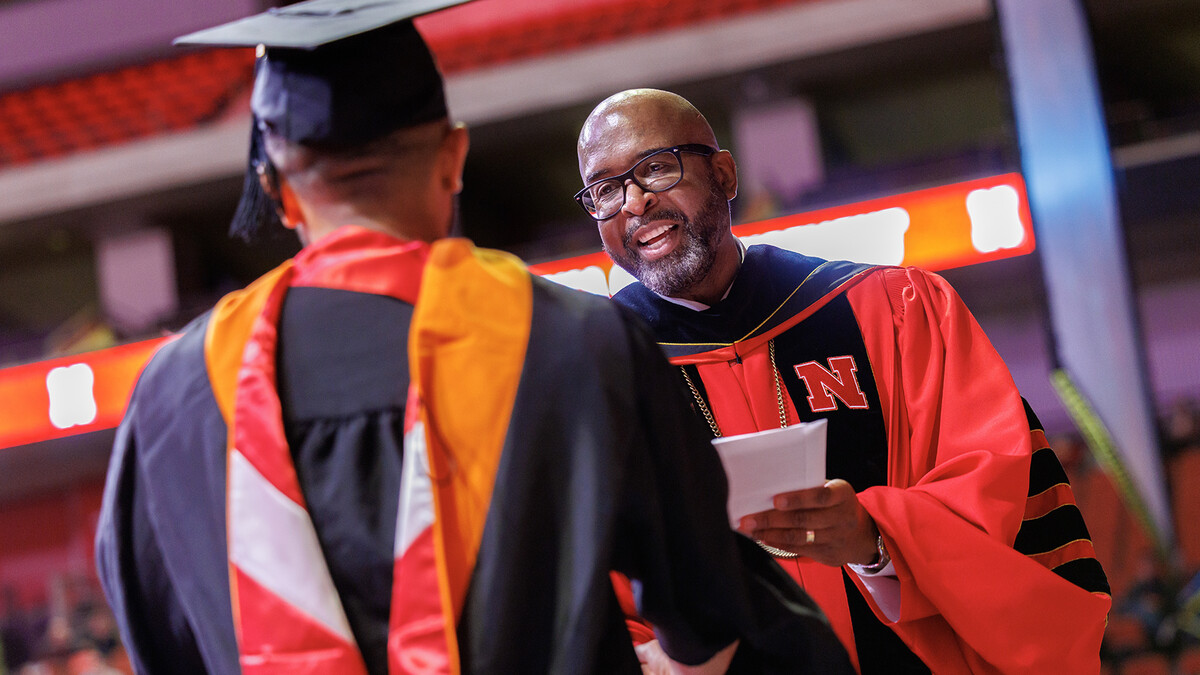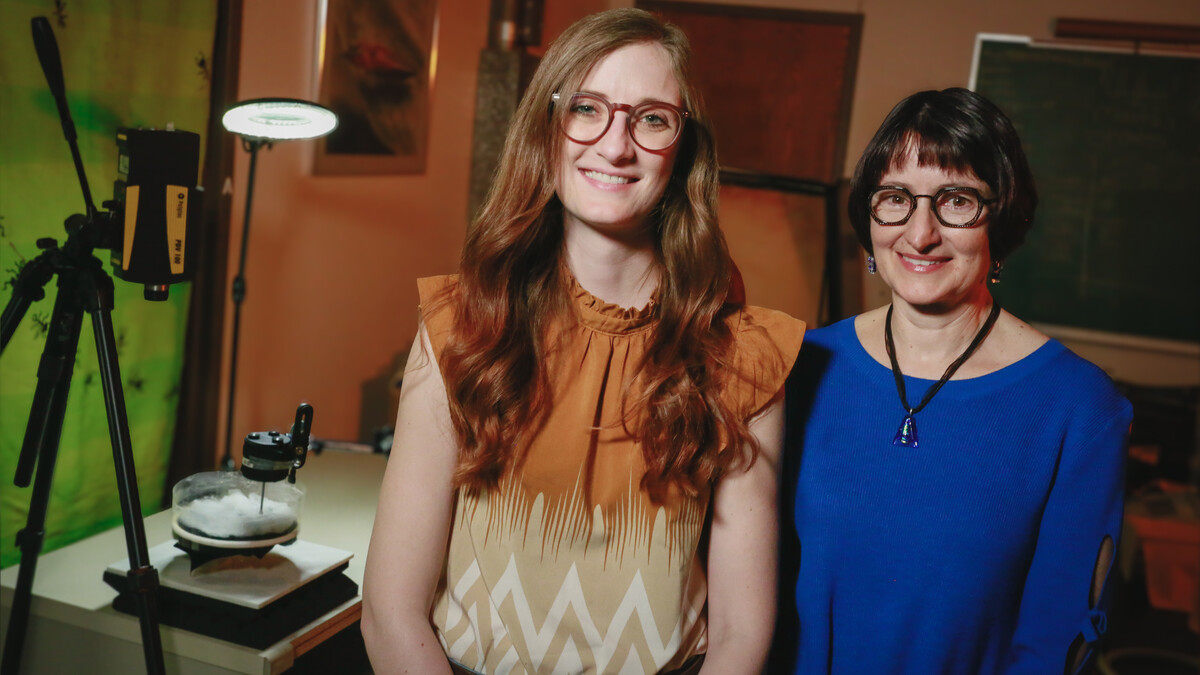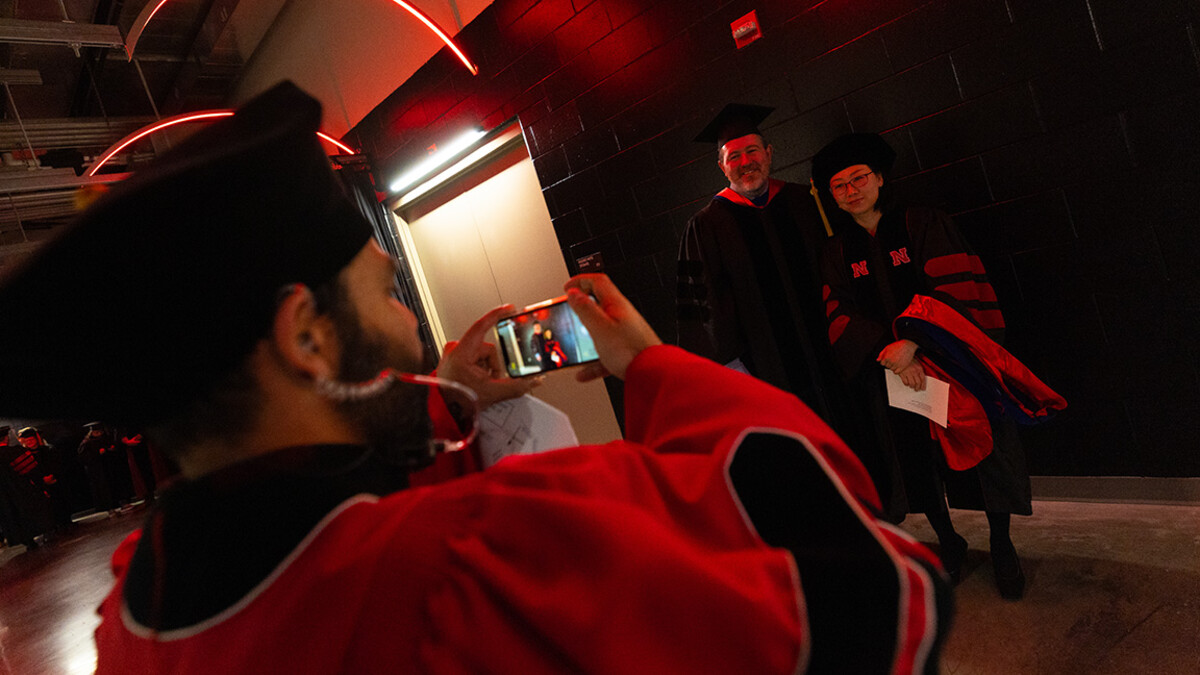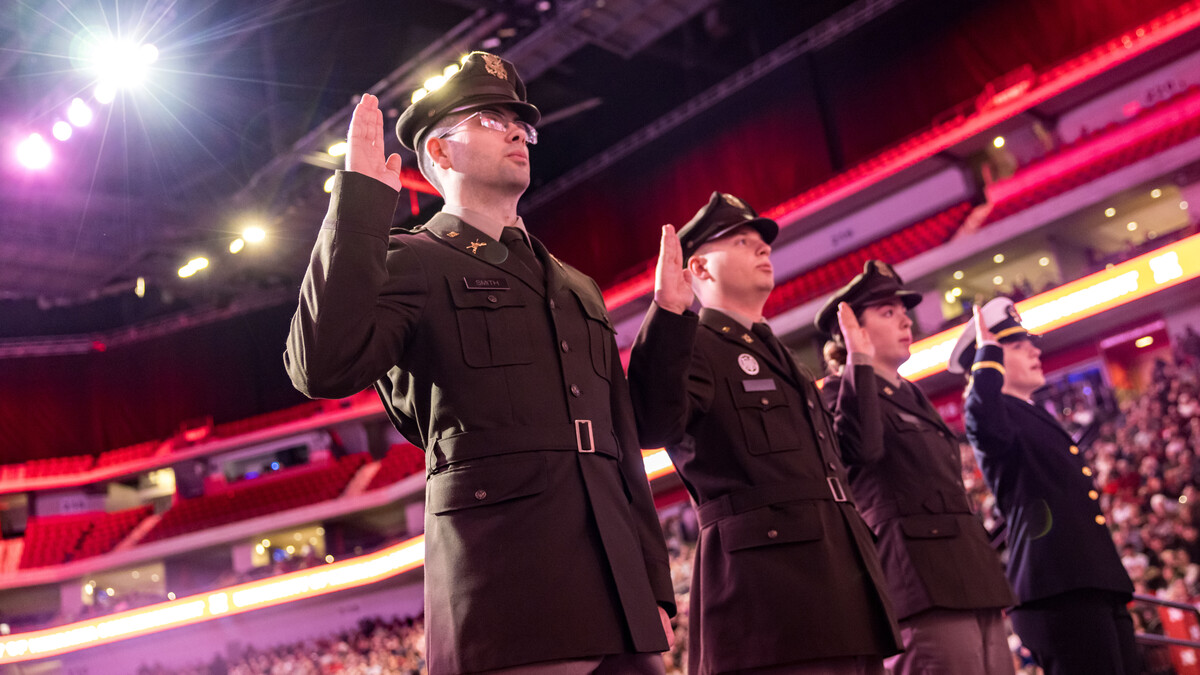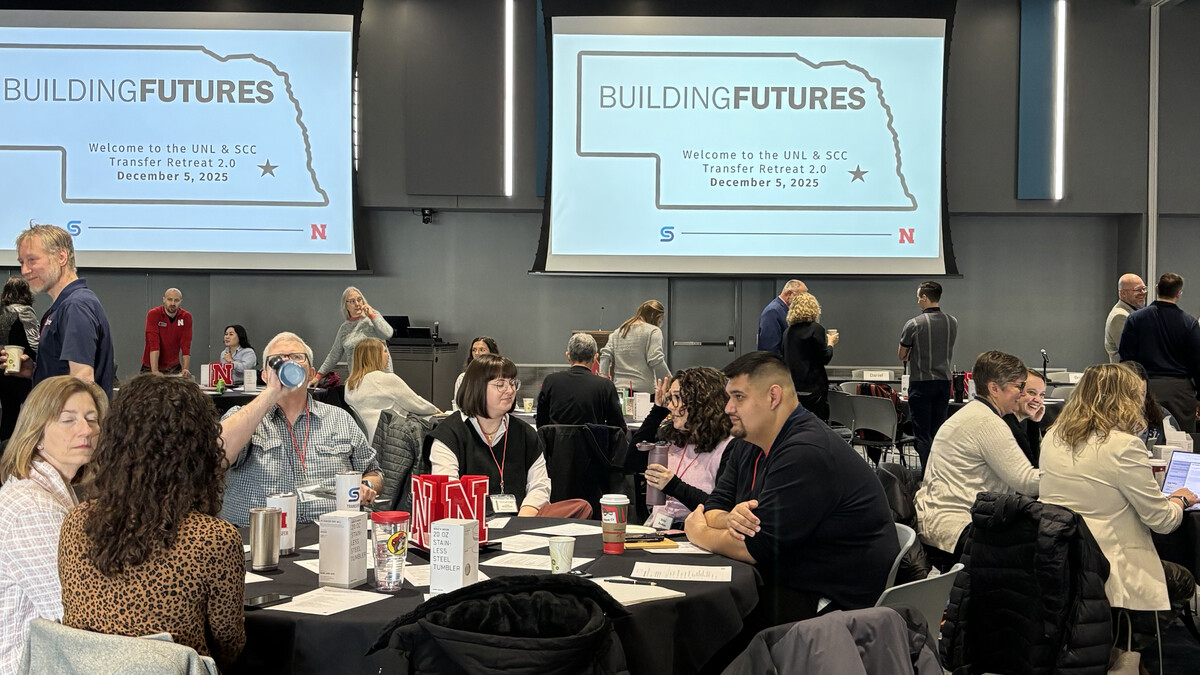University of Nebraska–Lincoln turfgrass researchers teamed up with Husker Athletics to tackle the installment of bermudagrass for the new football practice fields.
About 100 turfgrass professionals recently learned about the groundbreaking partnership between UNL Turfgrass Science and Nebraska Athletics during 2025 Nebraska Turfgrass Field Day. Nebraska researchers highlighted the collaboration, which was aimed at building and maintaining two state-of-the-art bermudagrass practice fields for Husker Football. This initiative represents the intersection of academic research, athletic performance, and land-grant mission — all rooted in real-world impact.
At the heart of this collaboration is Amanda Folck, an assistant Extension educator in turfgrass management, who led a year-long research project evaluating the performance of hybrid bermudagrass. Folck’s trial was strategically designed to simulate the intense wear and tear experienced on collegiate sports fields, helping Nebraska Athletics make evidence-based decisions on turf management for the future.
“We are seeing a lot more facilities and programs going to bermudagrass because of the changes in technology and genetics,” Folck said. “It’s a no-brainer for us to be involved in this partnership as we are a land-grant university with Extension and have a turfgrass program that is growing every year. It’s a great opportunity for us.”
To mimic football play, Folck’s team used a traffic simulator equipped with foot-like spikes similar to those used by Husker football players. The apparatus applied traffic to the bermudagrass turf plot located on East Campus, with each pass equating to one full day of football activity. As the trial progressed, data was collected every 10 traffic days, measuring surface firmness, surface grip, and turf health and density. These metrics were recorded on both trafficked and non-trafficked areas, offering a detailed picture of resilience and overseeding success.
This collaborative research will continue through December 2026, ensuring that Nebraska Athletics has the most relevant, season-spanning data to support decisions on turf management, performance optimization and player safety.
“It’s been a tremendous partnership between East Campus, and the turfgrass science people that are there at the College of Agriculture, and the people that are here,” Matt Rhule, Nebraska's head football coach, said. "You should see our grass (practice fields) right now, it looks like Augusta (referring to the Master's Tournament golf course in Augusta, Georgia) out there."
“Research and turf programs are a massive asset to any athletics program within any university with what they can provide for resources and knowledge,” said Alex Harter, head sports field manager for Nebraska Athletics, who oversees day-to-day management of Husker sports surfaces.
The partnership extends beyond the research plots and practice fields. It represents a broader commitment by the University of Nebraska to integrate research, education, and outreach into every layer of its operations — from the classroom to the gridiron.
“I so appreciate Troy (Dannen) and Athletics opening up our amazing athletics platform to inform our teaching, our learning, and our outreach,” Mike Boehm, professor of plant pathology, said. “This is the land-grant mission in action.”
By building high-performance athletic fields backed by rigorous science, UNL is not only elevating Husker Athletics — but also creating a national model for how universities can use their research strengths to serve both campus and community.

